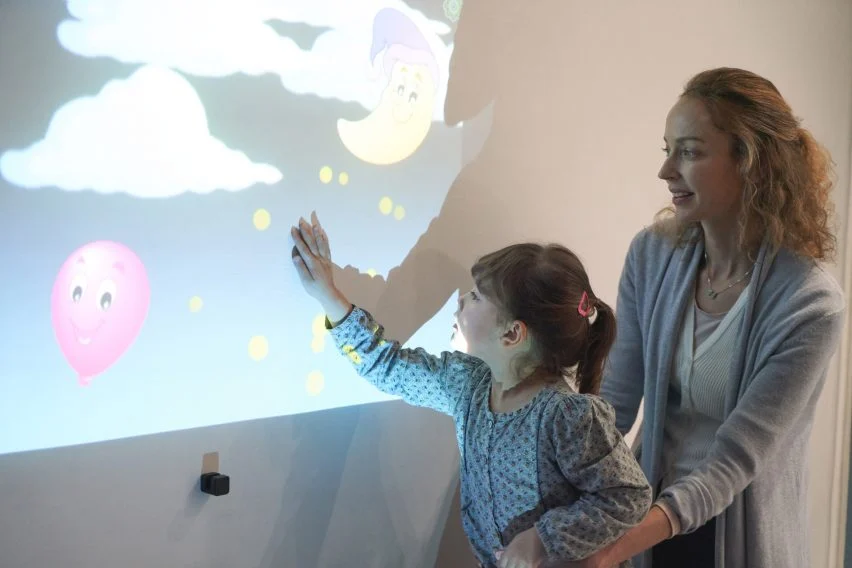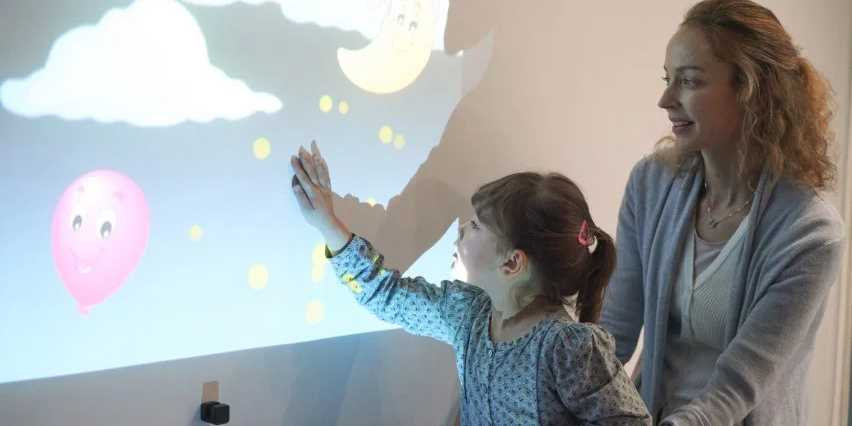In the ever-evolving landscape of technology, one innovation that has been making waves is the use of LiDAR (Light Detection and Ranging) laser systems. While the advantages of LiDAR technology, as outlined in the previous article, are well-documented, its potential extends far beyond traditional applications. In this article, we will explore how LiDAR can be leveraged to create captivating and interactive scenes, revolutionizing the way we experience the digital world.
- Enhanced Spatial Awareness: The high accuracy and fast processing capabilities of LiDAR make it an ideal tool for creating realistic and responsive virtual environments. By precisely mapping the physical space, LiDAR-powered systems can seamlessly integrate digital elements, enabling users to interact with virtual objects as if they were tangible.
- Immersive Experiences: LiDAR’s ability to penetrate dense foliage and provide detailed 3D mapping opens up a world of possibilities for immersive experiences. Imagine stepping into a virtual forest, where the digital trees and vegetation accurately respond to your movements, creating a truly immersive and natural environment.
- Adaptive Environments: The minimal weather dependency and human intervention required by LiDAR technology allow for the creation of adaptive and dynamic interactive scenes. These environments can adjust and evolve in real-time, based on user input or environmental factors, providing a truly engaging and responsive experience.

- Autonomous Navigation: The precision and speed of LiDAR data acquisition make it an essential component for autonomous systems, including robotic platforms and self-driving vehicles. These systems can navigate seamlessly within interactive scenes, responding to their surroundings and engaging with users in a natural and intuitive manner.
- Collaborative Experiences: By combining LiDAR-powered spatial awareness with advanced communication technologies, interactive scenes can facilitate collaborative experiences. Users in different locations can come together in a shared virtual space, interacting with each other and the environment in real-time.
As we continue to push the boundaries of what’s possible with technology, the integration of LiDAR into interactive scenes holds immense potential. By harnessing the power of this innovative laser technology, we can create immersive, responsive, and collaborative digital environments that blur the line between the physical and virtual worlds.Copy







